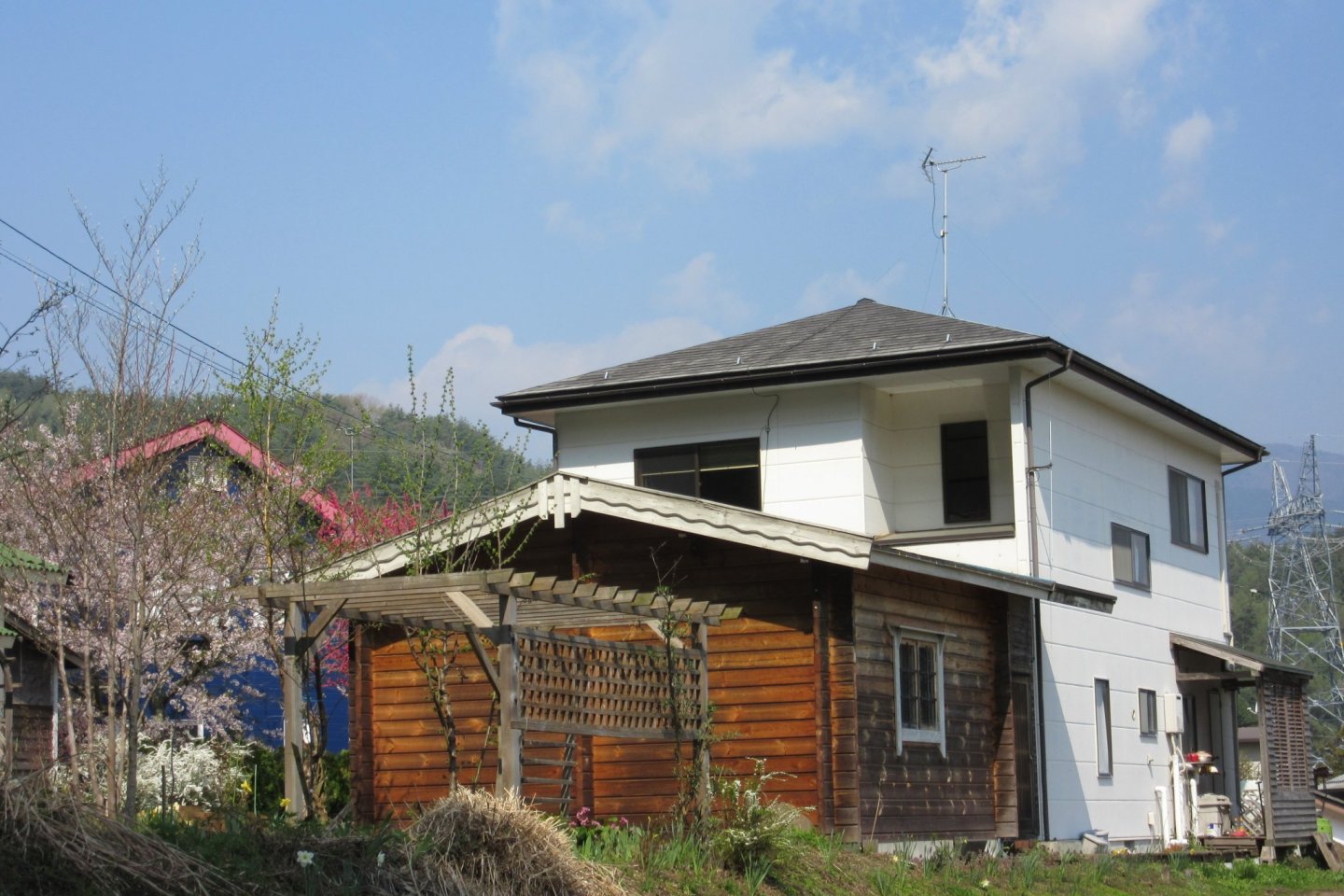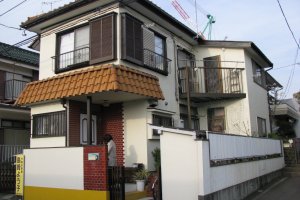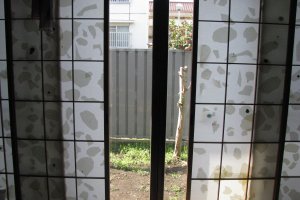One of the most important aspects of culture is everyday life and housekeeping. Being a tourist who stays in hotels, it may be hard to become acquainted with such things, but there are some homestay programs that offer the opportunity to live in a Japanese house instead of a hostel or a hotel.
Not all Japanese people live in their own houses. Some of my friends rent small flats in two-storey houses and have to keep strict rules, for instance keeping pets may be prohibited, there are noise restrictions, or garbage must be sorted out according to recycling rules and so on.
I was fortunate to be invited by my Japanese friends to stay in their homes and so was able to observe and experience some distinctive features of Japanese home life.

In the front hall of a house you will find the genkan, a doorstep/foyer area where everyone, according to Japanese custom, leaves their shoes before entering any further. Rooms are not large and have rather low ceilings. Living rooms will have tatami flooring where even home slippers are not permitted – only socks or bare feet. In the houses where I stayed there were no beds and we slept on special mattresses called futon. In the morning futons were rolled and put away into a case-compartment. Furniture also featured low tables and legless chairs.
There is no central heating, even in a cold region like Nagano. Heating is provided by a special table known as a kotatsu. Kotatsu has an electric heater underneath it with a thick blanket that keeps in the warmth as you sit under it. It’s very comfortable to sit under a kotatsu and drink hot green tea!
Homes also feature an altar called a kamidana. They’re used for placing photos of family members who have passed away, their favorite personal items, a beverage, fresh flowers and incense sticks. It’s common for Japanese to greet their deceased family members kneeling before the kamidana.
Windows are normally not large and have wooden outside blinds as protection from the summer heat. Instead of basements, wooden houses sit atop stilts. One of the rooms on a ground floor will have a glass sliding door facing a garden. It’s nice to sit down at the doorway and look out over the garden.
Japanese bathrooms are also arranged differently. First you have to wash well sitting on a low stool using a shower. Water drains into holes in the floor. Only after that do you use a bath called ofuro. Ofuro is filled with hot water and used by all the family in turn. Ofuro is for relaxing, not washing. Toilets are heated.
At my friends’ homes I’ve noticed many old-fashion electric items such as TV sets, vacuum cleaners, fridges and, yes, VHS players. All of these Made-in-Japan items still work fine after 30 or more years...
Homes in Japan are fascinating and even if your visit to one is short you will be greeted by a cup of Japanese tea!































I live in a modern apartment now. I sometimes miss the old house...